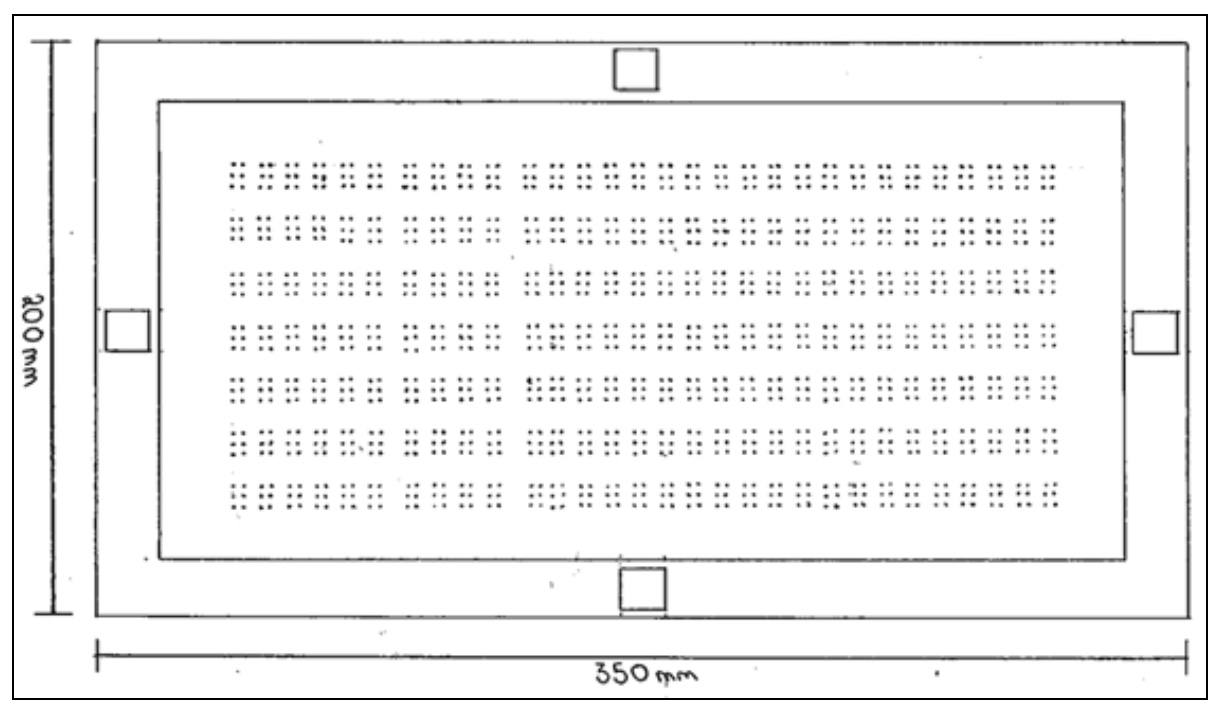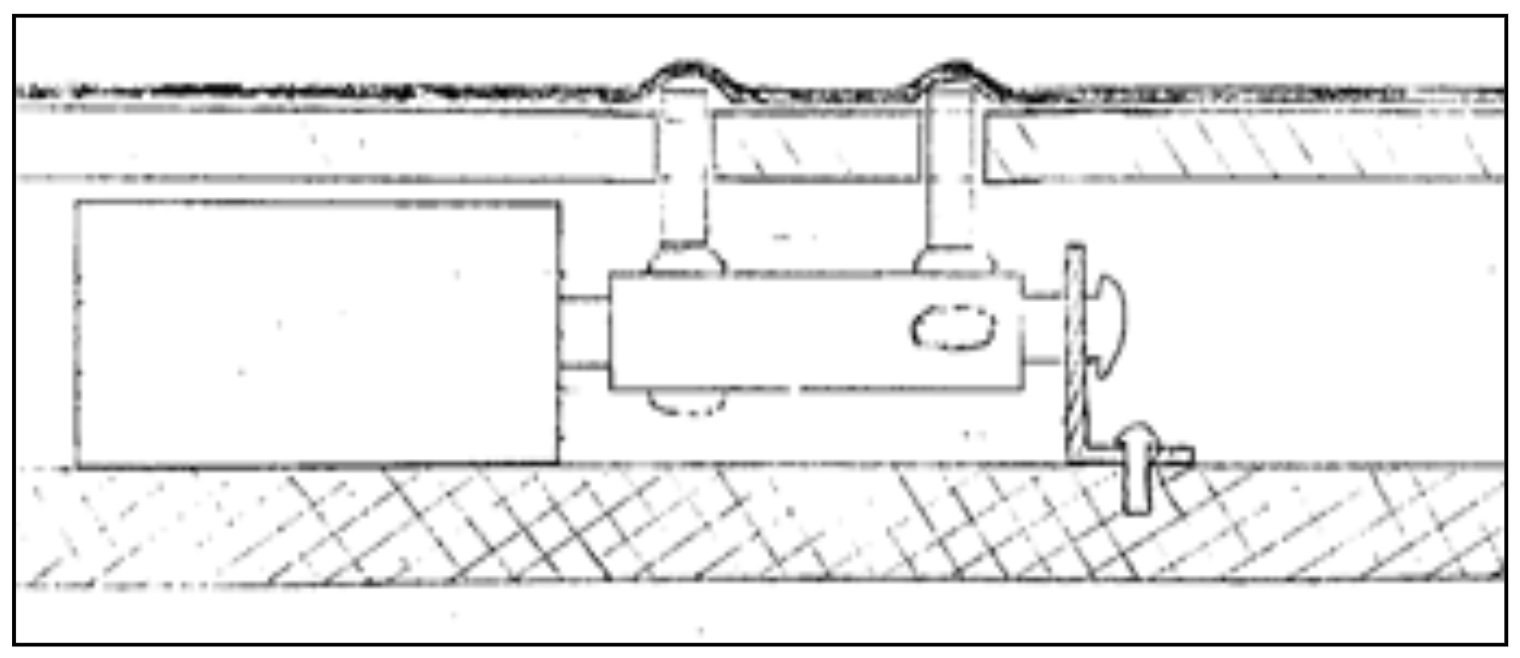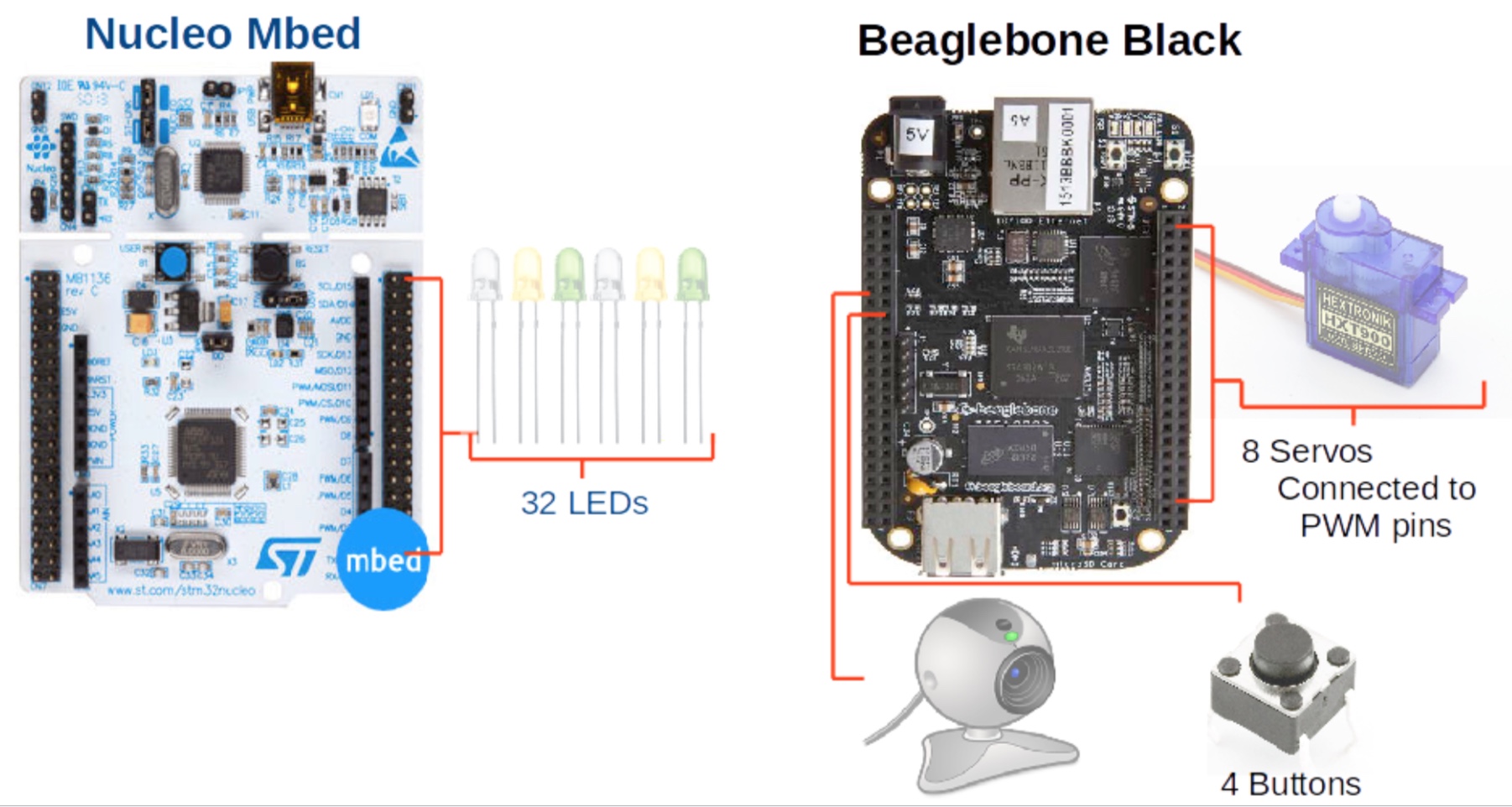Divyansh Manocha
Electronic and Information (MEng) Engineering
Imperial College London
divyanshmanocha [AT] gmail [DOT] com

Handheld Text to Braille Converter (sponsored by ARM)
Programmed in C and JavaScript
Project Introduction
A portable device for the visually impaired to scan printed text and to display its Braille equivalent
A refreshable Braille display has been produced, which is able to scan physical text and convert this to a Braille output. There is currently no commercially available product that provides the same functionality. This report focuses on the conceptualisation, build and review of the final outcome.

Project Objectives
The main purpose of the project is to provide a wider social benefit. Whilst it is recognised that one solution alone is unlikely to solve the problem, it is hoped that this project may inspire others to work upon similar projects.
Approach
The API involves a context class and memory class. Each class can thereafter generate their own code, without considering other classes.
The mechanism of producing braille evolved after much discussion. Some of the initial ideas included thermal expansion shape memory alloys, motors with screws, piezoelectric expansion, cams lifting pins and solenoids. It was deemed that due to the nature of braille as a language, a barrel approach as shown below would be the most efficient.


Electronics and Programming
ARM has provided us with two boards: the Beaglebone Black and Nucleo Mbed. The electronic outputs have been split up between the two as shown in the diagram below:

For the purpose of the prototype a Breadboard will be used, rather than soldering the wires in order to ensure there are future possibilities of changing the electronic set up.
The camera will serve to take pictures of a text and feed it into the program of the Beaglebone, which shall then process these images (using the Bash script provided) into ASCII characters. The servos will be responsible for moving the barrels into certain positions, in order to raise the pins, depending upon the text scanned. The LEDs are solely for the purpose of the prototype, in order to make the project cost-efficient and save time. Ideally these should be servos , but for the proof of concept it was decided that LED’s be used. There are four buttons in the BrailleBook, out of which two have the purpose of changing the display, turning it on and off, and to command the camera to take a picture.